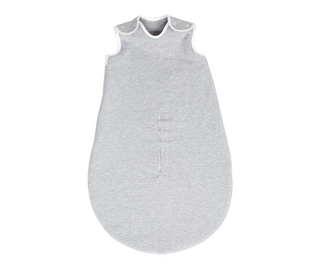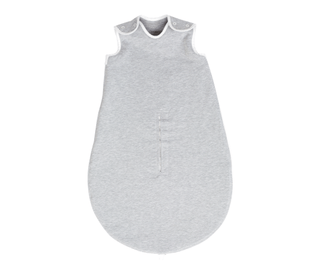How to encourage your baby to eat more vegetables & fruits?
3 mins read
by Nichola Ludlam-Raine • Registered Dietitian & blogger at MummyNutrition.com
Most of us are aware of how important it is for our offspring to eat fruit and vegetables; after all, they provide vitamins, minerals, and antioxidants that help babies and children to grow and thrive. In particular, nutrients such as vitamin C help to keep their immune systems in good working order which is essential when they start to play with other children. A mixture of different coloured fruits and vegetables is recommended in order to obtain a wide variety of different nutrients.
Below you’ll find my top 10 food-based tips for getting your children (babies to primary school age) to include more fruit and vegetables in their diet, and I really hope you find it useful!
Please, note that in general the introduction of foods (weaning) isn’t recommended until babies are at least 6 months old. Honey should not be introduced for the first year of life.
1) When you’re weaning your baby start with vegetables, preferably a mix of pureed and soft sticks to hold, as opposed to fruit.
It’s good to introduce bitter tastes early on, as opposed to sweet tastes which babies already have a preference for (milk is a sweet food!). Offering a combination of pureed (spoon fed) and finger food (baby led) can be helpful to ensure a good nutrient intake alongside developing the skills required to eat and chew.
2) If your baby isn’t keen on bitter vegetables such as kale straight away, try chopping it up, steaming it, and then mixing it with root vegetables such as parsnips or sweet potato, gradually increasing the number of greens that you add each time. Keep offering the bitter vegetable on its own as well though until they accept it willingly!
This will help babies to gradually get used to more bitter tastes in a more familiar/sweeter environment!
3) Try blending or mashing similar colours of vegetables together; chopped spinach and avocado work well for a creamy green mush!
This works well for combining fruit and vegetables as it ensures that you don’t end up with a brown unappetizing mush at the end!
4) Combine different flavours as you would in soups, for example, leeks can be finely chopped, steamed and mashed into butternut squash. Just don’t add any salt.
Colourful vegetables such as butternut squash are appealing to eat but can be made more nutrient dense by adding in other vegetables. Orange vegetables are usually rich in vitamin A and green vegetables are typically rich in vitamin K.
5) Blend a variety of berries, pears or peaches with natural full-fat yoghurt and freeze into ice-lollies.
These delicious healthy frozen treats contain no added sugar and provide nutrients such as calcium and vitamin C too.
6) From the age of around 10 months, make sure that every meal contains at least 1 type of fruit or vegetable; you could mash bananas into baby rice or porridge for breakfast, serve vegetable and pitta breadsticks with hummus for lunch, and mix cauliflower into the potato with cheese for dinner.
If their meals don’t contain fruits or vegetables then it will be more difficult for them to reach their 5 a day.
7) If you have a fussy eater you could disguise vegetables by blending them into a homemade tomato sauce. Make a big batch and use it for pasta dishes or meals made with mince, but remember to include a portion of the blended vegetables on the side too, to help with familiarity, even if they don’t eat it!
The sauce that they eat will be bursting with more vitamins, minerals and fibre, plus they will be getting exposure to the vegetables (currently) disliked at the same time.
8) Make vegetables FUN; this could mean making fun faces with them on pizzas or cutting them up and taking pictures with them on the plate; for example a house or a flower. You can also use fruits and vegetables during playtime too; for example, making edible paint and potato-stamps!
Food should be talked about and enjoyed at any time of the day, and if meals are fun to look at then children will be likely to eat more.
9) Get kids involved with the food preparation; from choosing it at the supermarket to showing them how to wash and cut it (must be supervised at all times). You could even grow vegetables in the garden or in an allotment. Fruit kebabs make a healthy dessert and children can pick which fruits they add in what order!
Make eating healthily a hobby as if you talk about food and the goodness it provides from a young age then they will be more likely to take an interest in it when they are older.
10) Eat as a family and be a positive role model. Give children the same vegetables that you are eating and show them how enjoyable they can be to eat. Make sure to serve a variety of vegetables over the week from early on and keep persevering; it can take a fair few times for all vegetables to be accepted!
Not only does eating as a family teach good table manners but children tend to copy and mimic their elders; meaning they are more likely to eat their vegetables if you do too. Children are also more likely to take an interest in food the more times that they are exposed to it.
How do you get your baby or child to eat more fruit and vegetables? Share your experiences in comments!
























































